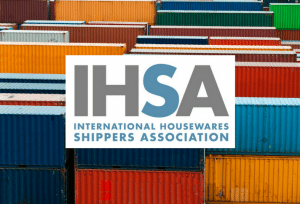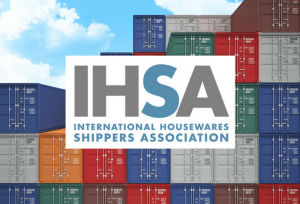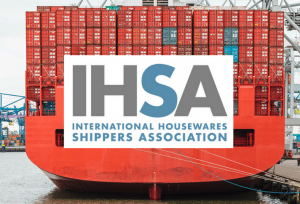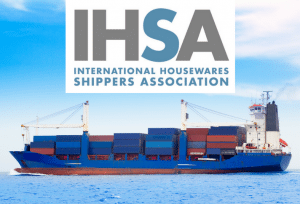The 2019-20 ocean contract negotiations have officially begun for cargo moving from Asia to the United States. Based on the initial proposals from the ocean carriers, it is clear they are trying to capitalize on last year’s space crisis. Carriers stated earlier this year that shippers should expect to pay higher rates in the 2019-20 ocean contracts. Further, they stated that…
CONTINUE READINGCarrier rates
IHSA to Introduce “Core Carrier” Program
The carrier landscape has changed dramatically over the last five years. Carrier consolidation has been a game changer. With fewer entities, the carriers now have a much greater ability to manage capacity in their favor. We believe the carriers will continue to manage capacity for the foreseeable future. To help combat this serious issue, IHSA will be nominating four carriers…
CONTINUE READINGContract Negotiations Bring Many Questions for Shippers
The 2018 peak season in the Eastbound Transpacific market has thankfully come to an end. Carrier capacity constraints and an unprecedented increase in volume caused rates to skyrocket and created a space crisis that crippled US supply chains. Shippers are hoping that 2019 will offer some stability leading up to the 2019-20 ocean contract negotiations. Unfortunately, the one…
CONTINUE READINGMore Capacity Management Expected from the Carriers
Shippers hoping that 2019 will bring some much-needed stability to their rates and supply chains may be disappointed. Carriers have already informed shippers that capacity management will be a major point of emphasis moving into 2019 and 2020. Shippers have been experiencing higher freight costs and disruptions in their supply chains since August 2018. Further cuts in carrier…
CONTINUE READINGAsia to U.S. Space Crunch Persists
The space crisis has been dominating the Asia to U.S. market since the end of June 2018. The crisis continues to cause major disruptions in import supply chains and increase freight costs of container shipments to the United States. The experts that project supply/demand balances were way off the mark leaving no warning of an impending space crunch to importers. In a two-week…
CONTINUE READINGTariffs Impacting Supply Chains
The threat of tariffs from China are causing inventories in the US to spike. Shippers importing from China have been pulling holiday cargo ahead since June to avoid potential tariffs. The latest threat of a 25% tariff scheduled to be implemented January 1, 2019 has both shippers and warehouse operators concerned. Distribution facilities that specialize in handling import…
CONTINUE READINGStrong Demand Powers Rate Increases
Rates continue to escalate in the Eastbound Transpacific market. Strong demand, reduction of capacity, and the threat of tariffs are all contributing factors that are causing the high rates shippers are being forced to pay to move their cargo from Asia to the United States. Ocean rates to both the US East Coast and US West Coast are 53% higher than they were this time last…
CONTINUE READINGOcean Contract Negotiations
Ocean contract negotiations covering cargo moving from Asia to the United States are nearing completion. The negotiation process has become very cumbersome for shippers due to the lack of communication provided by the carriers. A large part of the lack of communication can be blamed on the recent wave of acquisitions that have taken place in the containership industry. Fewer…
CONTINUE READINGTruck Power Shortage
The U.S. market is facing a serious shortage of qualified truck drivers. The driver shortage is impacting the carriers’ ability to deliver containers in a timely manner. The shortage is so severe in some U.S. regions that some carriers are refusing to quote new cargo opportunities where door delivery is being requested. There are several factors that have contributed to the…
CONTINUE READING





